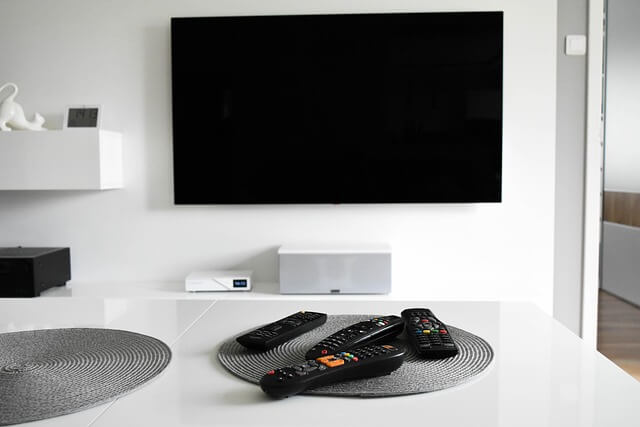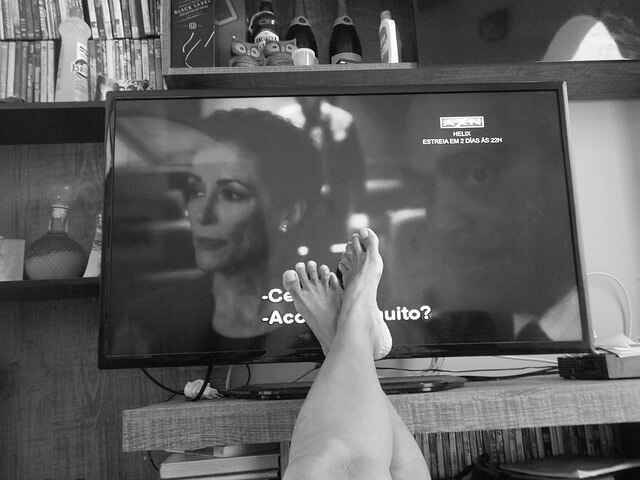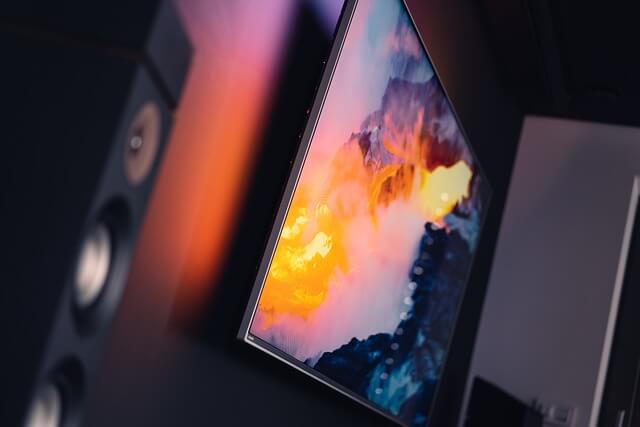Best wall types for safety TV mounting in Detroit homes
Mounting a flat screen TV might seem simple, but an older homes in Detroit, I can turn into a headache fast if you don’t know what kind of wall you are working with. Whether you’re working with a historic brick, colonial or a post war bungalow, choosing the right wall For your TV mount matters for safety, stability and peace of mind plus you don’t want to follow your fireplace.
Why wall types matter for TV mounting
TVs are exactly light, and you don’t want to rely on the wall holding that weight day and day out. Wurst, the entire thing could come crashing down on the floor, your furniture or even somebody standing underneath it.
That’s why I understanding the wall structure is the first step. Detroit housing stack is full of surprises, especially in homes built before 1970s. Materials like Plaster, lath, and even masonry are common, and each one handles mounting stress differently. TV mounting in Detroit is becoming more and more popular.

Commonwealth types for older, Detroit homes
Let’s walk through the most common wall material found in other Home in Detroit and assess how their TV mounting friendly.
Plaster and lath walls
What is it?
Older Detroit home is built before 1950 usually used a word lath base thin strip that is horizontal of wood coding with several layers of plaster. This created a hard, dense wall with a somewhat brutal surface.
Is it safe for mounting TVs?
Yes, but with caution. Plaster is too brittle to hold screws on its own. You want to anchor into the wooden studs behind the strips. Trying to mount directly in the plaster, and the wood strips can cause cracking or a complete failure.
Best practices for TV mounting on plaster and lath walls
- Use a stud finder that detects through dense surfaces some cheap ones won’t work through thick plaster.
- Always hit the wall stud with your mounting screws.
- Free drill holes to avoid cracking the plaster.
- Use leg bolts for heavy TVs.
Drywall over wood studs
What is it?
By the 1960s, drywall became a go to material for interior walls. Most drywall set ups include half inch gypsum board attached to 2 x 4 wood studs.
Is the TV safe for mounting ?
Absolutely, as long as you’re anchored into a wall stud, not just the drywall. Be safe with tv mounting as the tv can fall if not put into a sturdy wall.
Best practices
- Use a reliable stud finder to locate center points of a stud.
- Mount the bracket using at least two studs for heavier TVs.
- If mounting in the drywall only not recommended, use strong, toggle bolt, rated for heavy loads.
Brick or masonry walls
What is it?
You’re fine exposed brick or plaster over masonry walls, and some Detroit lofts and historic homes. These walls are very sturdy but required different tools.
Is it safe for mounting TVs?
Yes, and in many cases, brick is the strongest option. But it’s not easy to work with.
Best practices
- Use a hammer drill and masonry bit to make pilot holes.
- Use shelving, anchors, or masonry screws to secure the mounting brackets.
- Avoid anchoring into mortar joints, they will weaken the bricks themselves.
Pro tip
Check for moisture problems in the basement or exterior brick walls before mounting anything.
Plaster over masonry
What is it?
Some Detroit homes, especially pre-World War II builds, use a combo of plaster directly over brick or cinder block walls. Just plaster walls might not be the strongest for TV mounting.
Is it safe to mount a TV?
Yes, but it combines the challenge of both plaster and masonry.
Best practices
- Use masonry anchors that go beyond the plaster layer and grip the masonry.
- Be careful drilling through plaster it can ship easily.
- Make sure your brackets are flat and flush for the best support.
Concrete black walls
What is it?
Sometimes found in Detroit basements or garage conversions, these are walls made of concrete blocks, usually covered with paint or plaster.
Are they safe for TV mounting?
Yes, but the lake brick, you’ll need a specialty anchor and a hammer drill.
Best practices
- Use toggle bolts or wedged anchors designed for concrete.
- Double check that you’re not drilling into the hollow parts of the block.
- If the wall is a cinder block, it’s more fragile so go slow and steady.
What types are not safe for TV mounting
Avoid trying to mount TVs on the following wall types without extra support.
- Send paneling without stud support it needs reinforcement.
- Metal stud walls you’ll need specific anchors and may face strength issues.
- Cracked or compromised plastered walls repair before mounting (this is where a drywall master comes in).
- Drywall only areas no studs use toggle bolts, or relocate.
Quick tips for safe TV mounting in older homes
- Use the right bracket for mounting full motion mounts need stronger anchors than fixed ones.
- Don’t just trust drywall anchors for large TVs alone they can fail under strained weight.
- Always level your mouth before drilling seems obvious, but it is a common mistake.
- Call a professional if you are unsure improper mounting isn’t worth the risk plus there’s a lot of handyman services in the surrounding area of Detroit.
Final thoughts
Detroit other homes are full of character a corks. Mounting a TV isn’t just about grabbing a drill and eyeballing a stud. Whether you’re working with plaster, brick or drywall, knowing the wall type makes all the difference for safe secure, installation.
If you’re unsure about your walls or want the job done right the first time don’t guess get help from my handyman local to you.


